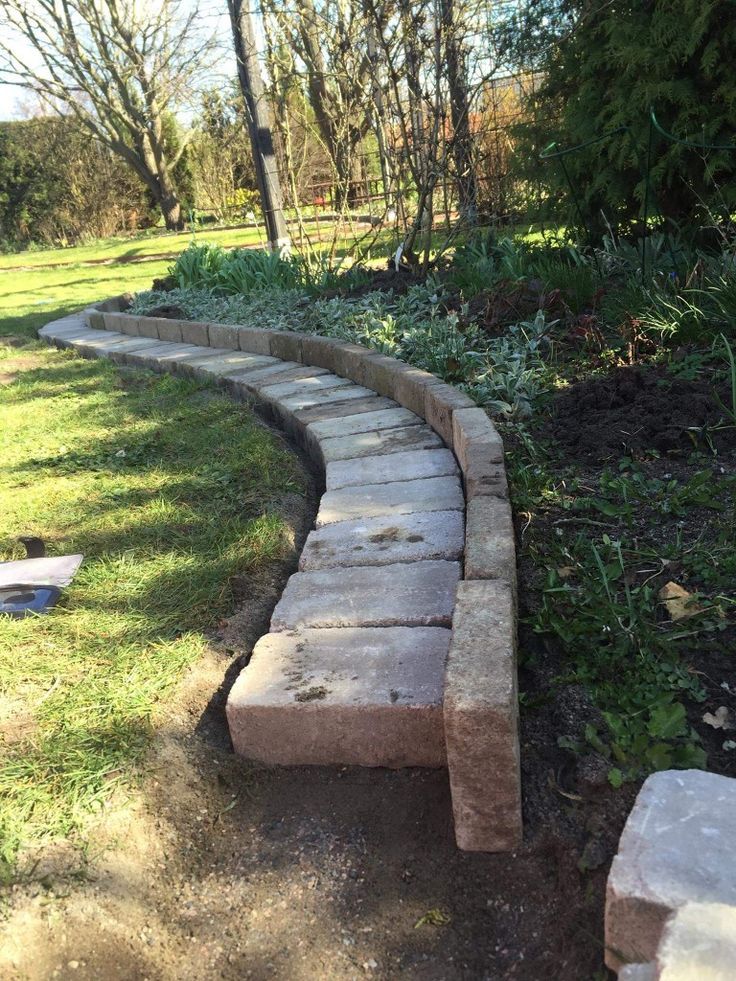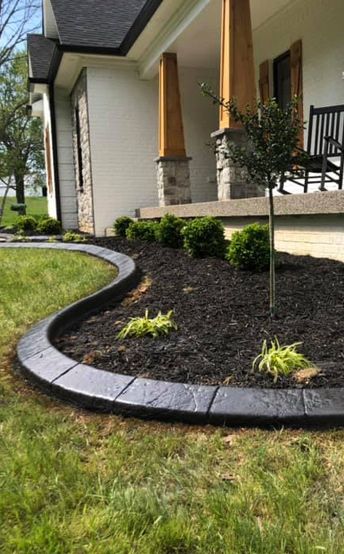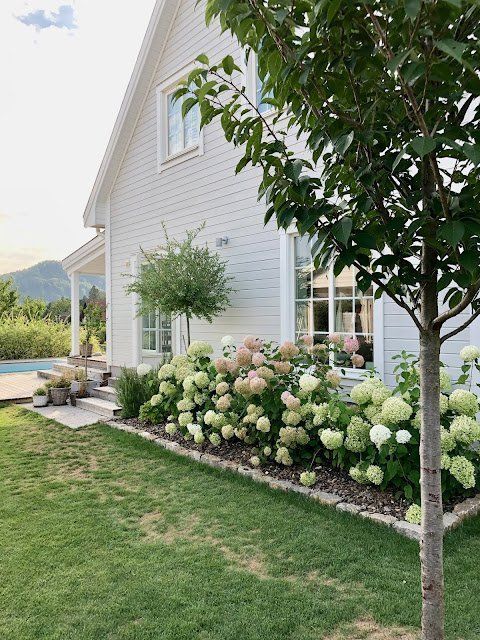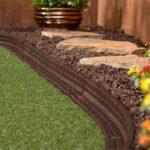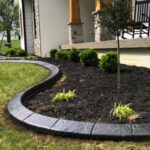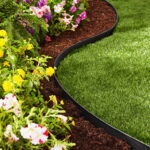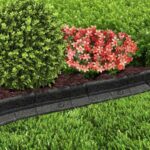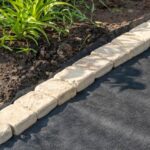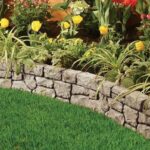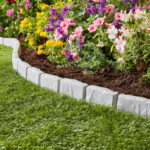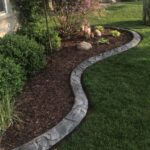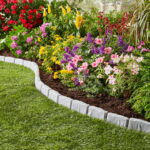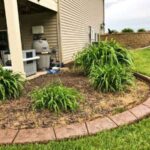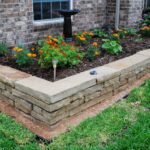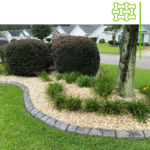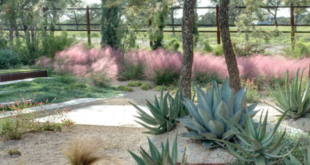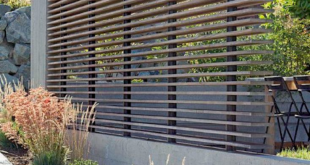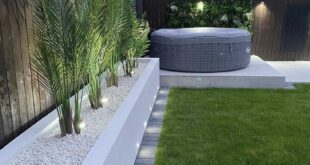Landscape edging serves a dual purpose in the garden: it defines the lines between different areas of landscaping and helps to keep those areas neat and organized. From flower beds to pathways and driveways, landscape edging plays a crucial role in maintaining a well-structured and aesthetically pleasing outdoor space.
There are several different materials that can be used for landscape edging, each with its own unique benefits. Some popular choices include metal, plastic, wood, and stone. Metal edging is durable and provides a clean, modern look to the landscape. Plastic edging is more affordable and flexible, making it easy to install in various shapes and sizes. Wood edging offers a natural, rustic appearance and can be stained or painted to match the surrounding landscape. Stone edging is ideal for creating a timeless and elegant border, but it can be more expensive and challenging to install.
In addition to defining the borders of different areas in the garden, landscape edging also helps to prevent weeds and grass from encroaching on flower beds and other landscaped areas. By creating a physical barrier between the desired planting spaces and the surrounding turf, edging can help to reduce the amount of time and effort required for maintenance. This is especially important for gardeners who want to keep their outdoor spaces looking tidy and well-maintained throughout the year.
Another key benefit of landscape edging is its ability to prevent erosion and help to retain soil and mulch in place. By creating a barrier that holds back loose materials like gravel or mulch, edging can help to prevent them from washing away during heavy rains or windy conditions. This helps to maintain the integrity of the garden beds and pathways, ensuring that they remain intact and free from damage.
When selecting landscape edging for a garden or outdoor space, it’s important to consider both the aesthetic and functional aspects of the material. The edging should complement the overall design of the landscape and enhance its visual appeal, while also providing the necessary structure and support to keep the different areas separate and organized. With the right choice of edging material and proper installation, gardeners can create a beautiful and well-maintained outdoor space that will be enjoyed for years to come.
 yishifashion Where Outdoor Dreams Become Reality
yishifashion Where Outdoor Dreams Become Reality
